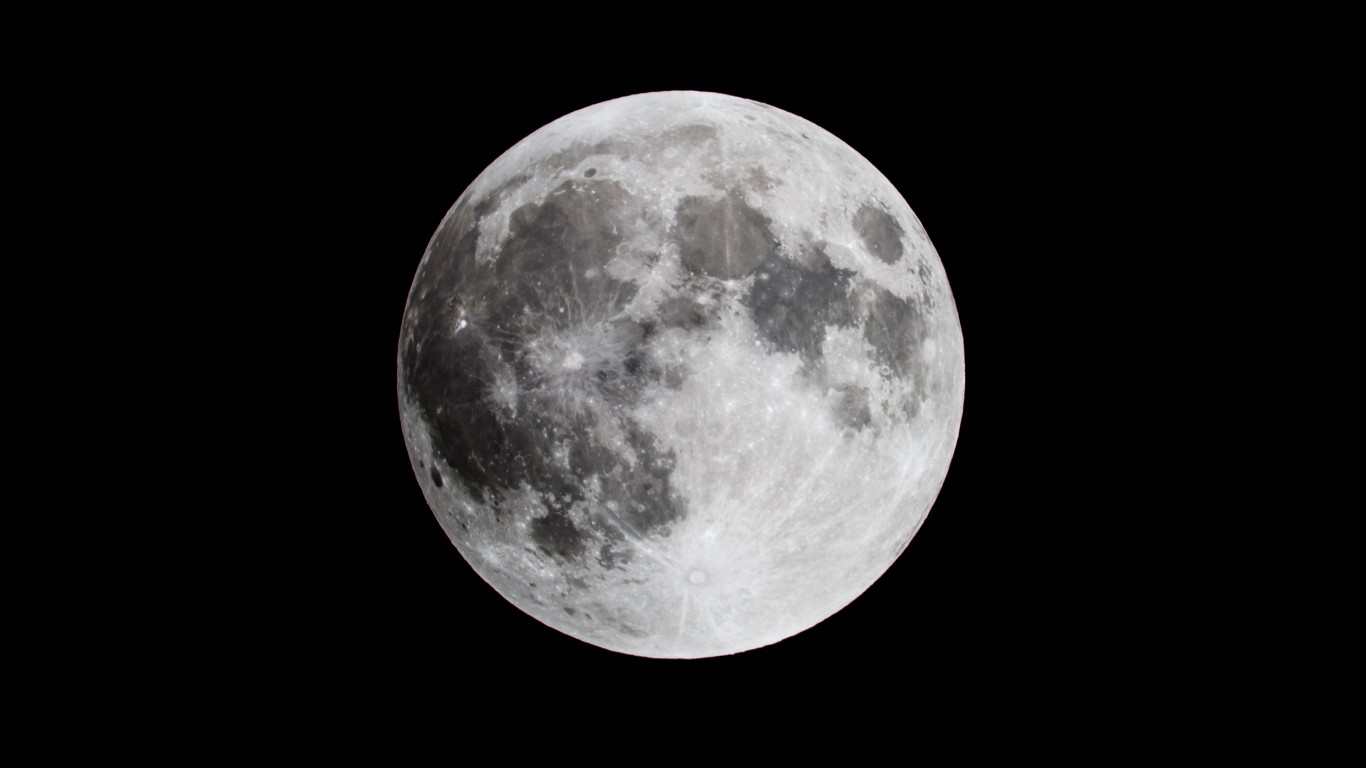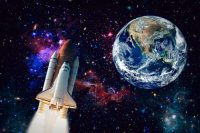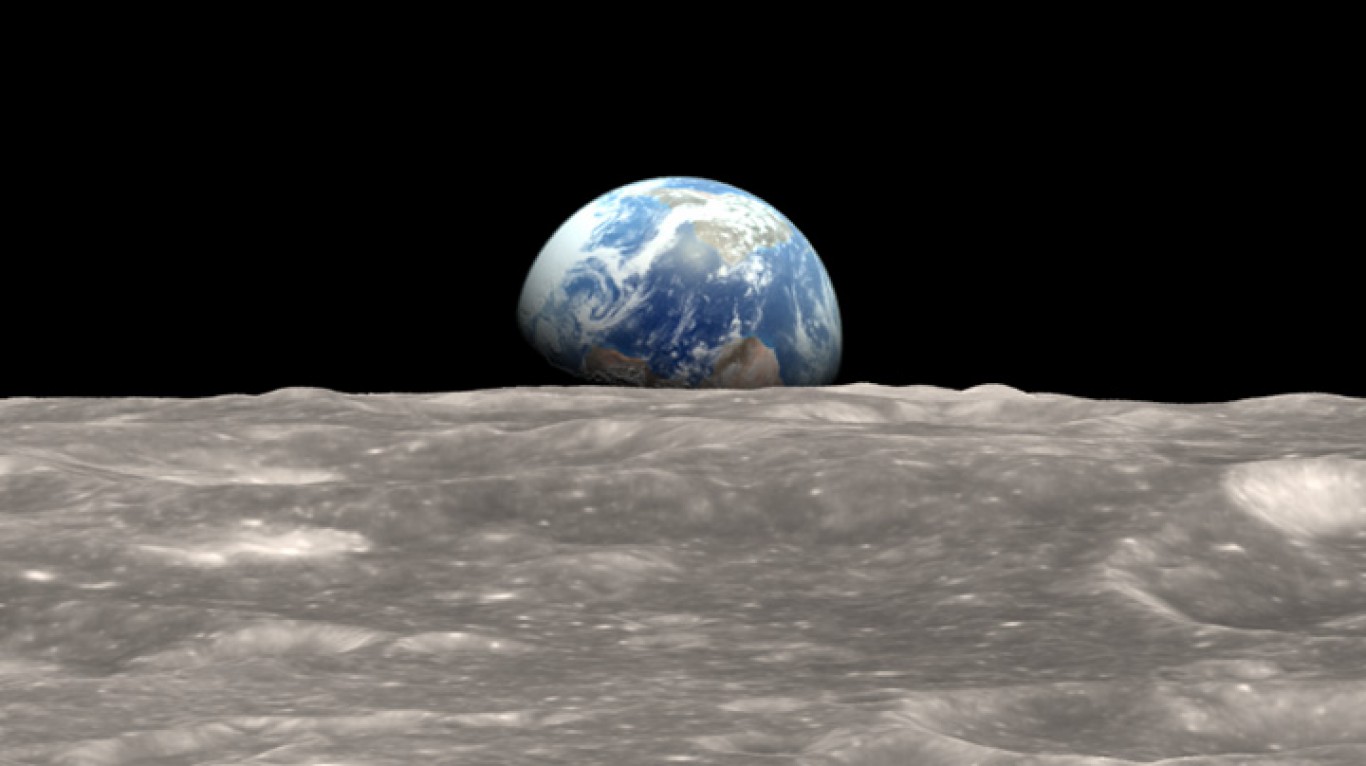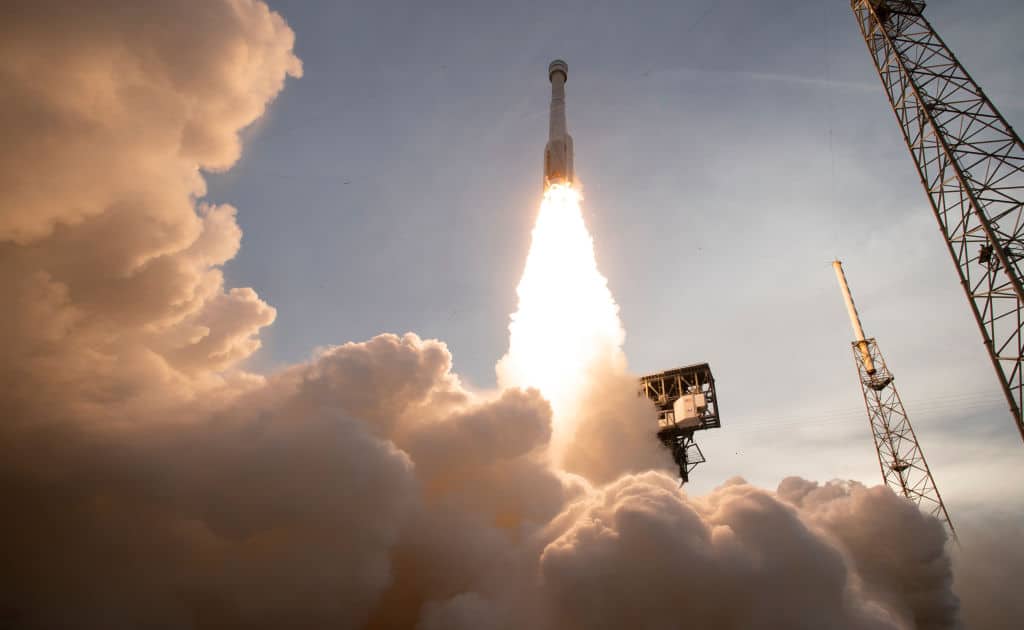
NASA is in the news this week as two astronauts are stranded at the International Space Station due to problems with the Boeing Starliner craft that is supposed to bring them home. This highlights some of the challenges the government space agency faces as it partners with the burgeoning private sector space industry. Yet, given the extraordinarily high costs of previous NASA projects, this kind of partnership is necessary to keep funding expensive space missions. Based on data from NASA and media sources, here are NASA’s most expensive projects. Use this information to help inform your voting and tech investment choices.
24/7 Wall St. Insights
- NASA’s most expensive missions include space telescopes, interplanetary probes, and manned spaceflight projects.
- The space agency tries to reduce costs by partnering with private industry and foreign countries.
- Also: 2 Dividend Legends To Hold Forever
What Are the Benefits?
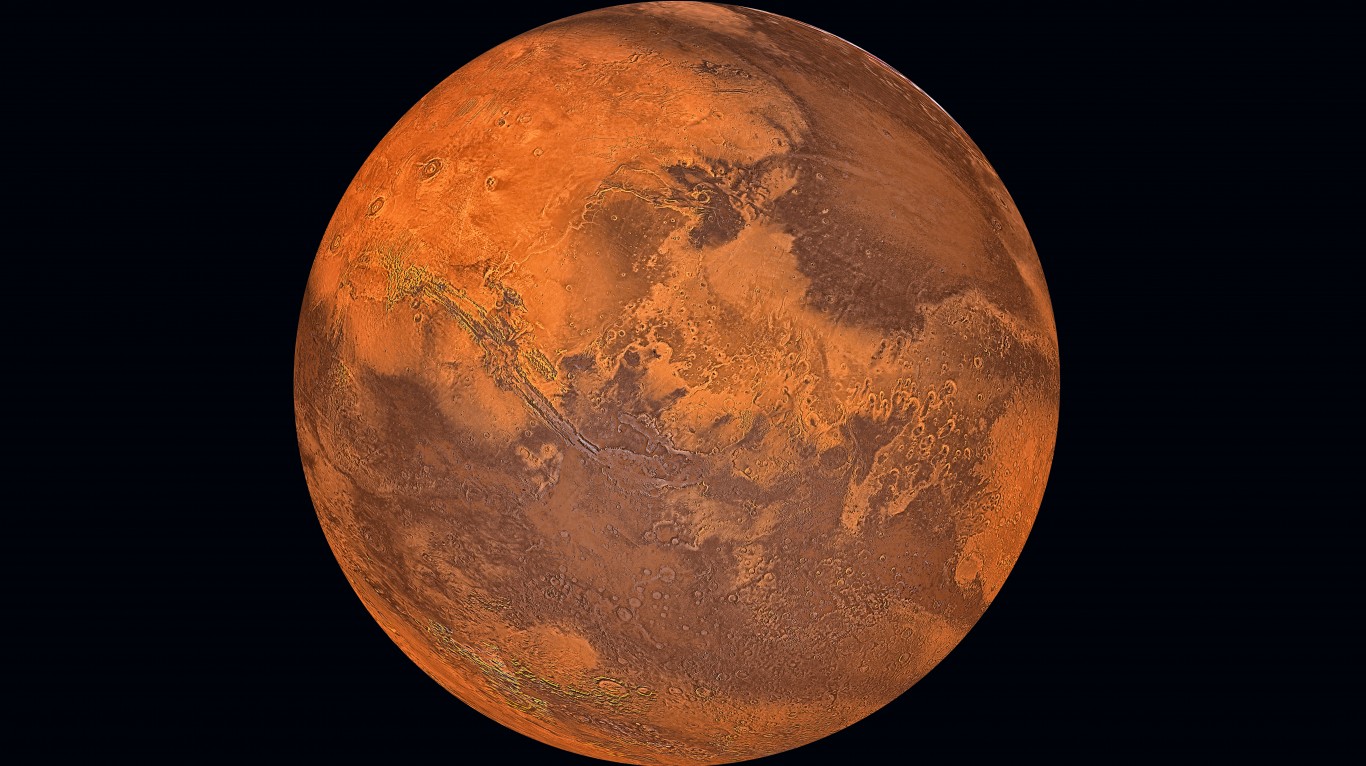
In addition to expanding the frontiers of theoretical science, here are some of the practical benefits the space program brings to Americans:
- Space missions lead to new inventions (like GPS) that improve people’s lives and stimulate the economy.
- They can help us avoid disasters by monitoring the weather, solar storms, meteors, and activities of unfriendly countries on Earth and in space.
- Over time, they will allow commercial exploitation of space for valuable minerals, tourism, and colonization.
10. Voyager Missions ($900 million)
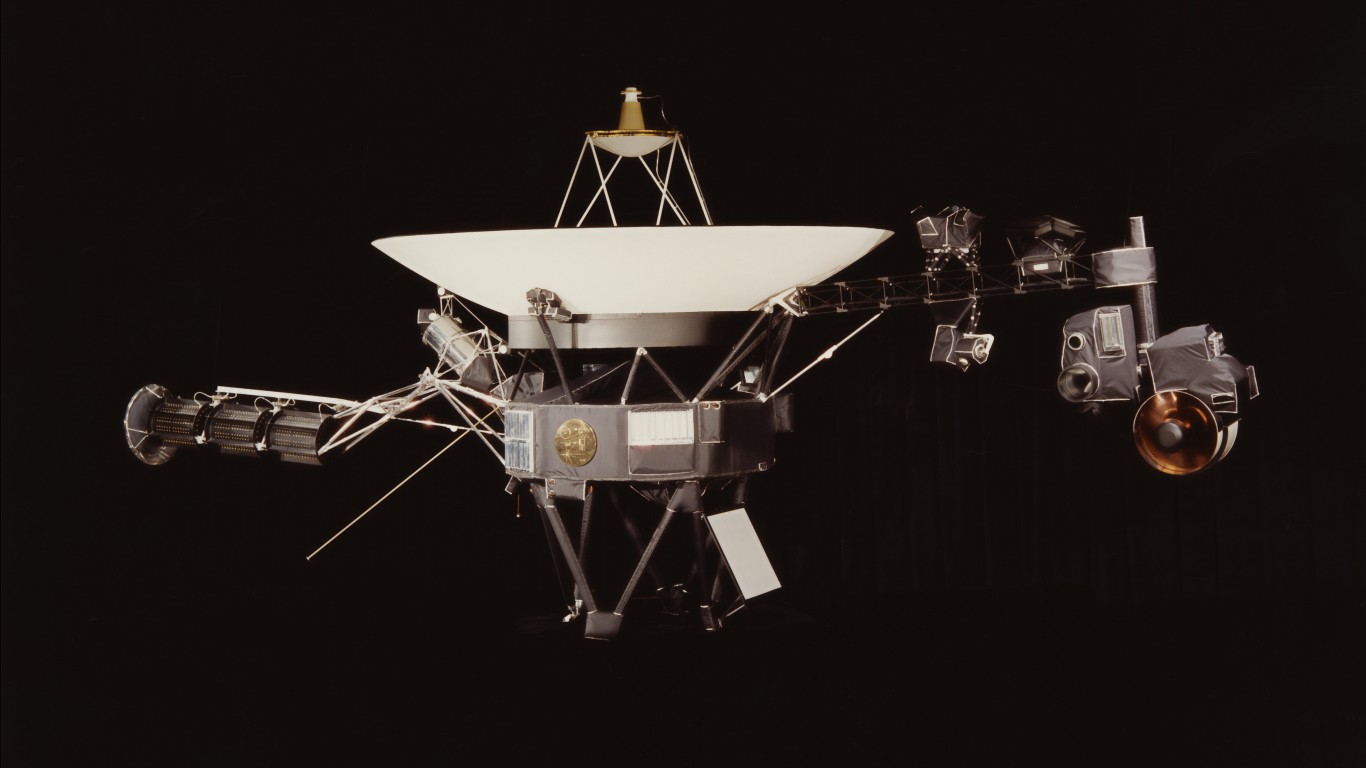
Voyager I and II, launched in 1977, explored Jupiter, Saturn, Uranus, and Neptune, sending back a plethora of stunning photographs and scientific data. They discovered new moons and rings around all four planets. The craft have both left the solar system but continue sending back useful data about interstellar space.
9. Mars Rovers ($2 billion)
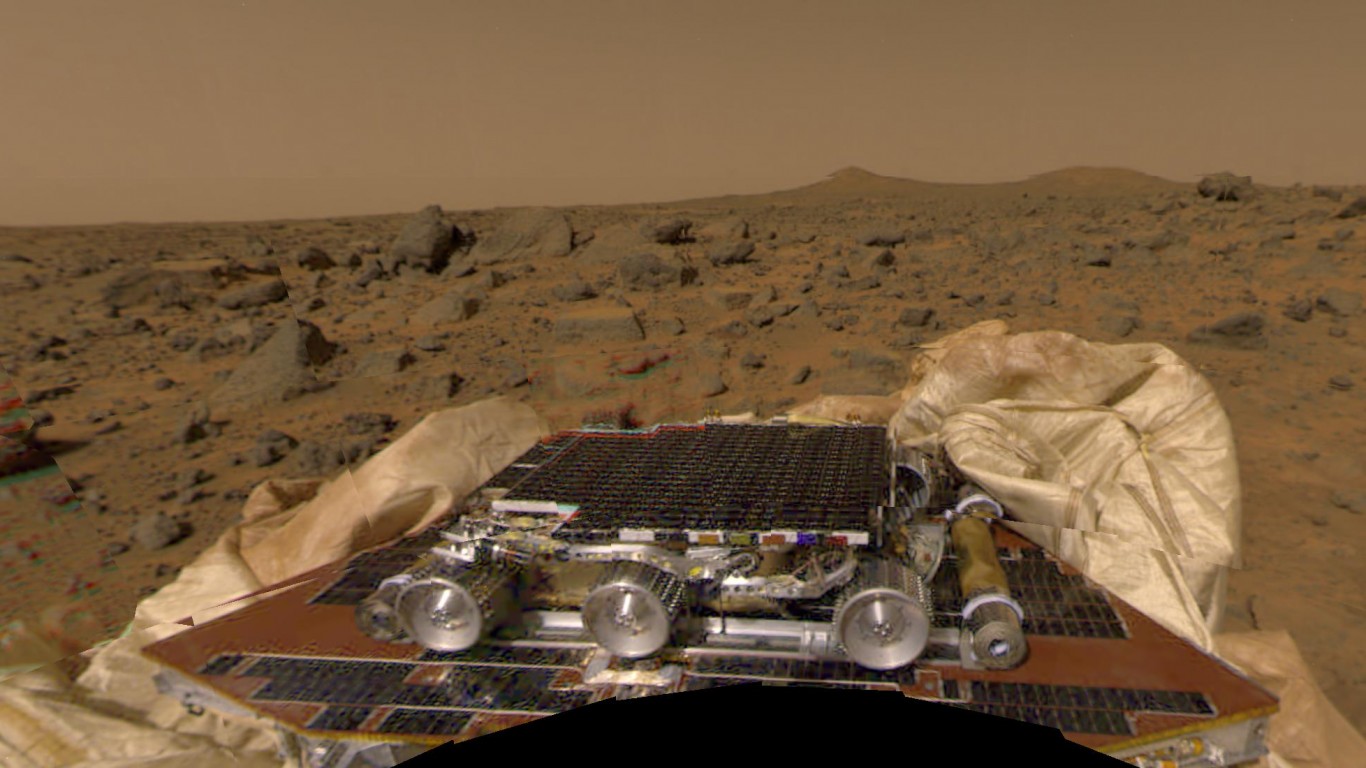
NASA has landed 5 rovers on Mars: Sojourner (1997), Spirit (2004–2010), Opportunity (2004–2018), Curiosity (2012–present), and Perseverance (2021–present). On average these missions have cost about $2 billion apiece. They have helped fill in gaps in our understanding of the planet that is the most likely candidate for future permanent human colonization.
8. James Webb Space Telescope ($10 billion)
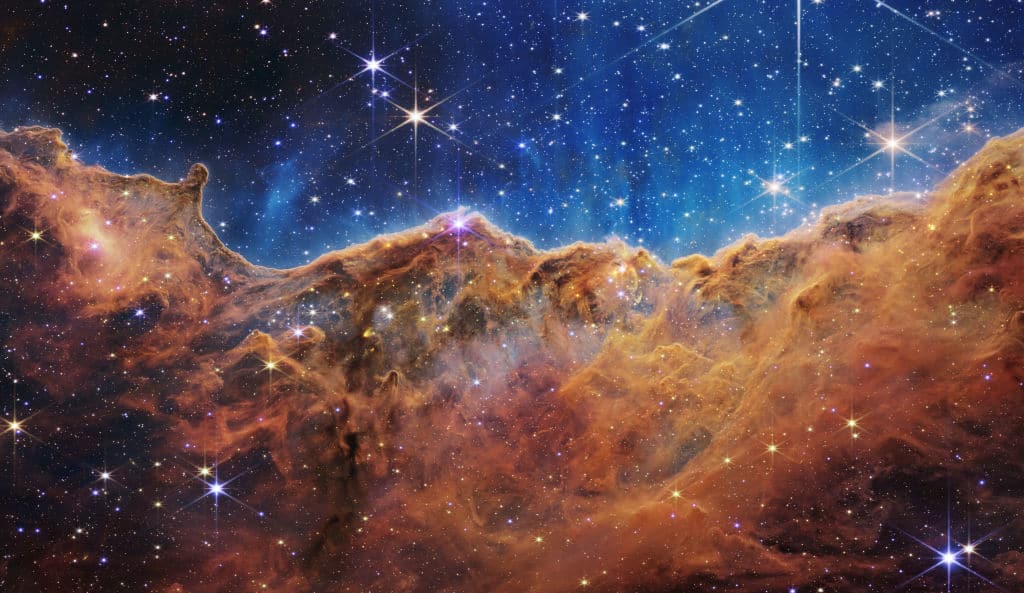
Launched in 2021, the James Webb Space Telescope is an infrared observatory that can detect stars and planets that otherwise would be hidden by dust clouds. Because these objects are so distant, the JWST allows scientists to see conditions in the early universe, just 200 million years or so after the Big Bang. It will also study potentially life-bearing exoplanets.
7. Hubble Space Telescope ($16 billion)

The idea of a space telescope floated around since the 1940s, but the telescope itself didn’t float above the earth until being deployed by the space shuttle Discovery in 1990. It has generated so much data, over 20,000 peer-reviewed academic papers have been written based on its observations. It also discovered new moons around Pluto.
6. GPS: Global Positioning System ($12 billion)

The Global Positioning System (GPS) is probably the space project that has most dramatically affected ordinary Americans’ lives. It’s a system of 24 satellites launched between 1978-1993 used to determine locations on Earth with a great degree of precision. Besides the obvious original military applications, it now serves to help us find the shortest driving route to our destination, locate lost people, pets, or possessions, track fitness, and much more.
5. SLS and Orion ($23 billion)
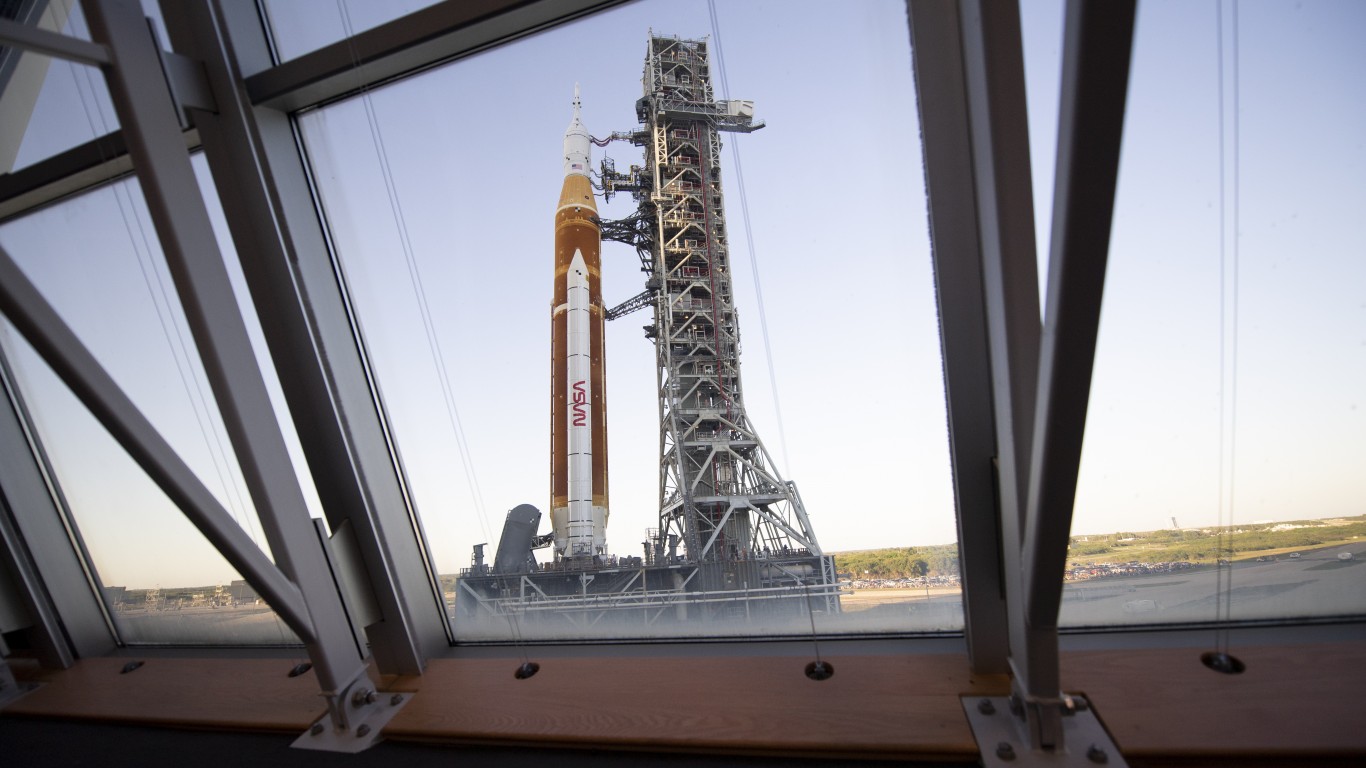
The Space Launch System (SLS), first launched in 2022, is NASA’s most powerful rocket in history. It was designed to propel an Orion spacecraft with four astronauts and a full load of cargo to the Moon in one launch.
4. Apollo Space Program ($26 billion)
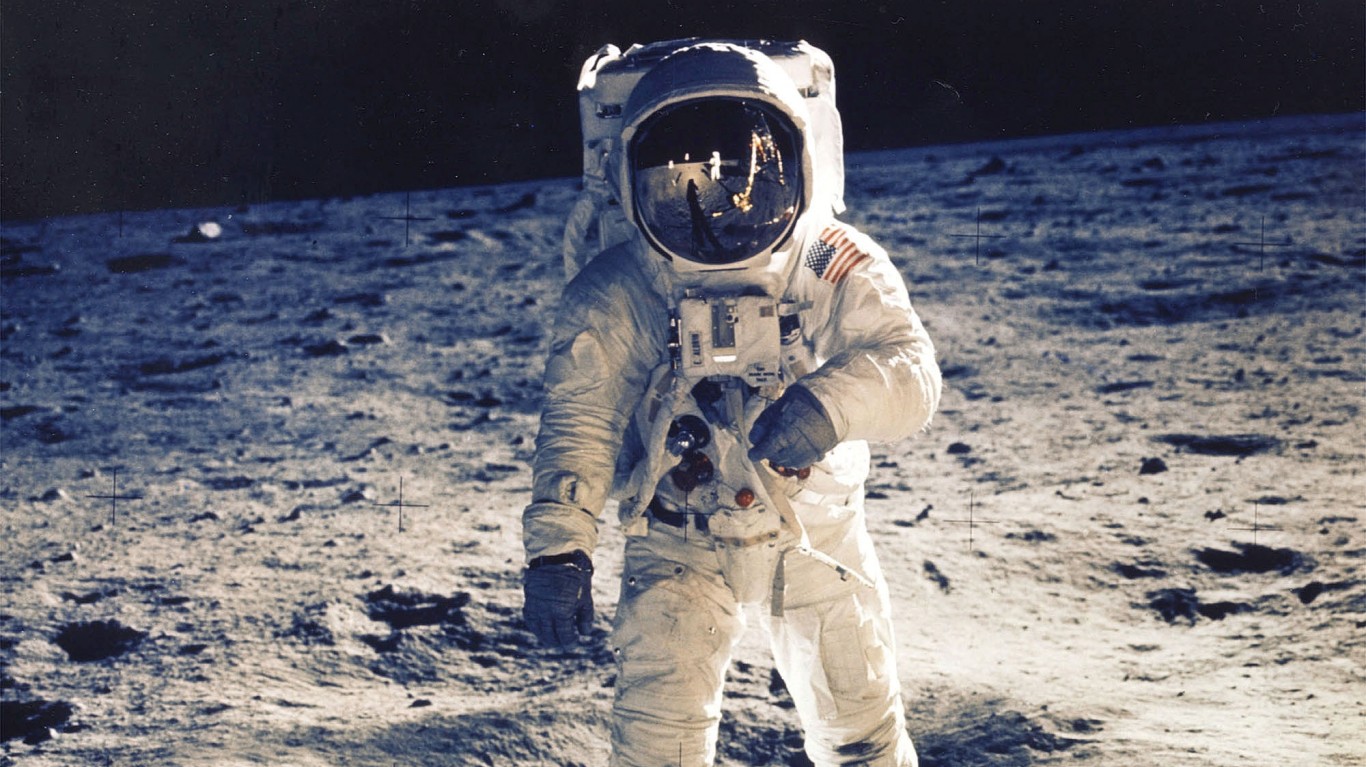
The Apollo space program included 11 missions that ran from 1961-1972, succeeding in landing a total of 12 astronauts on the Moon. Motivated by superpower competition in the Cold War, this feat made the United States the only country in history to put human beings on another celestial body.
3. Artemis Program ($93 billion)
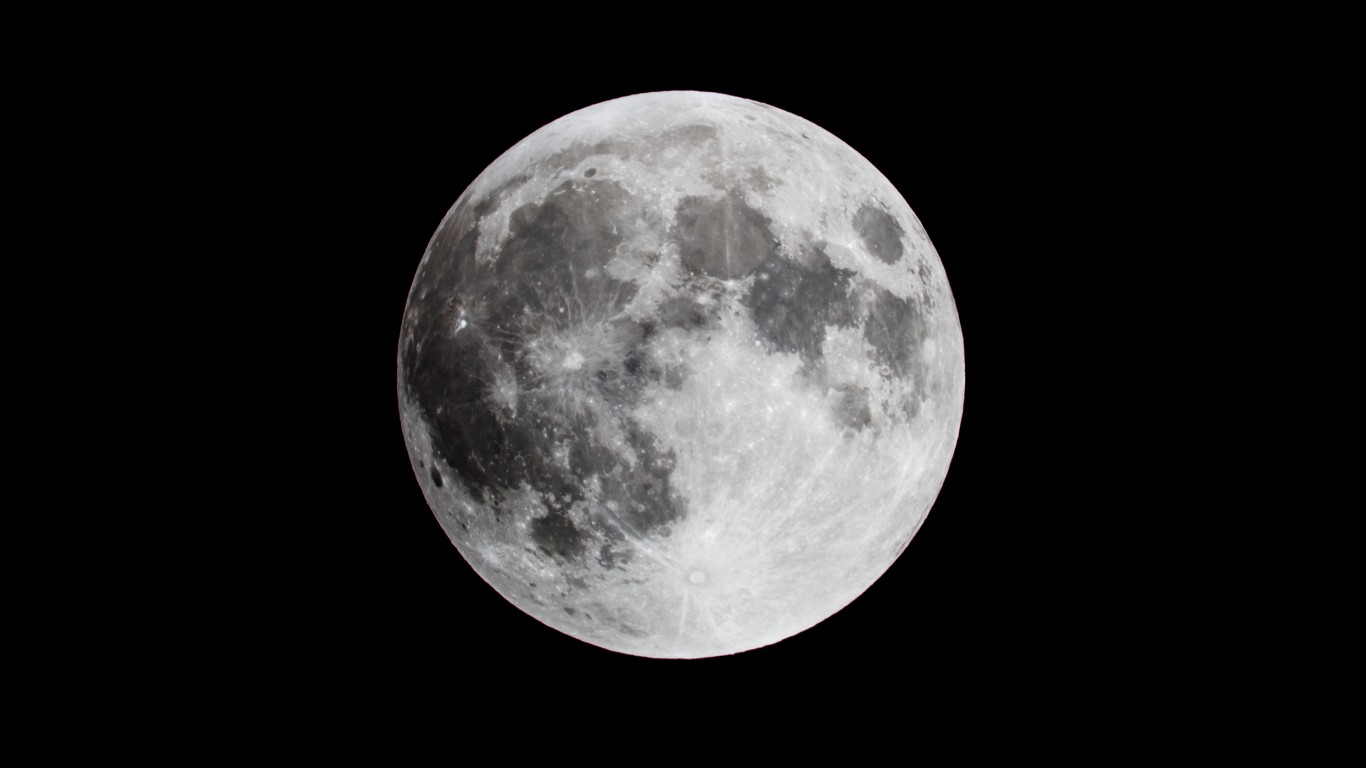
NASA is leading a team of 31 countries to return to the Moon in the near future. A manned flight orbiting the Moon will launch in 2025 and the following year the space agency plans to put astronauts on the South Pole.
2. International Space Station ($160 billion)

The International Space Station project started in 1984. Construction lasted from 1995-2000. Over 200 astronauts from 20 different countries have visited the ISS and conducted scientific experiments there. NASA plans to crash the aging facility into the Pacific Ocean in 2030.
1. Space Shuttle ($199 billion)
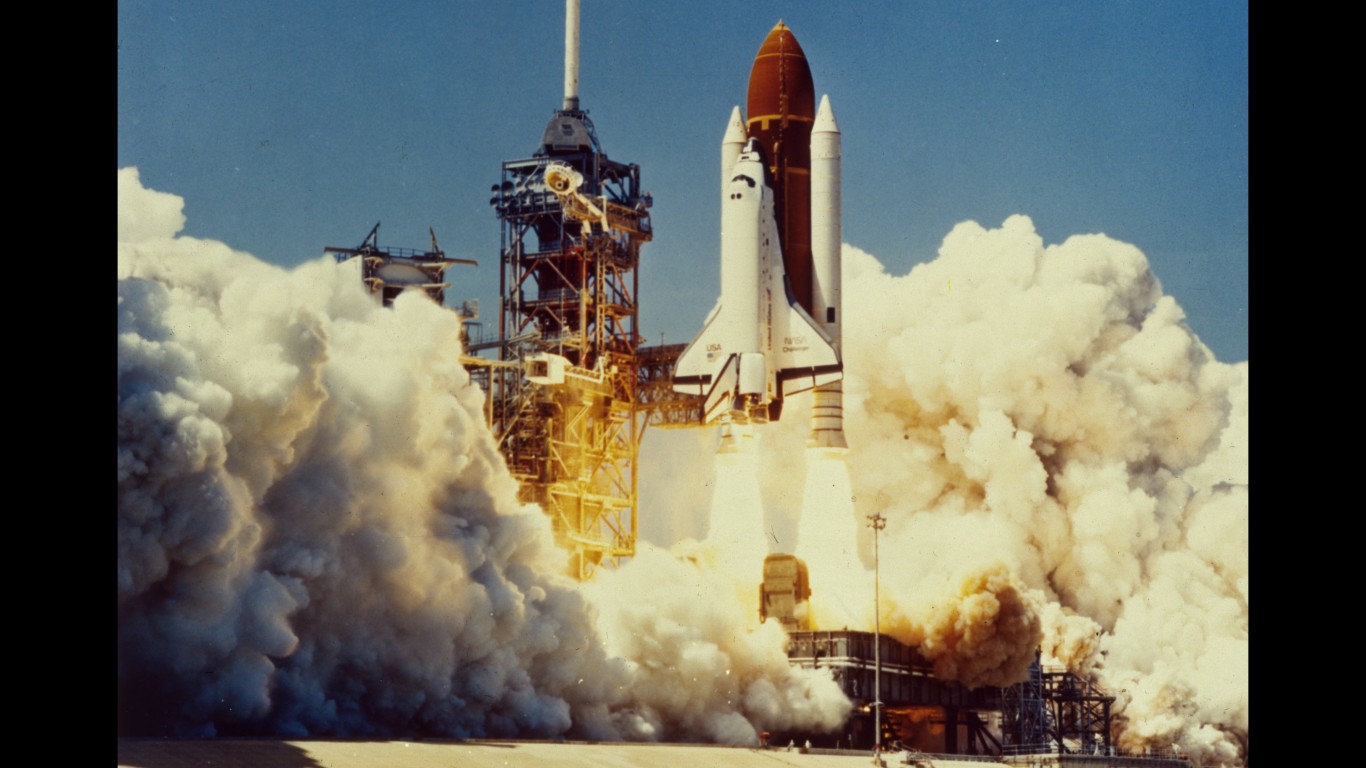
NASA’s Space Shuttle program operated the first reusable spacecraft that were launched by rocket into orbit and then could glide back down to Earth to land like aircraft. Challenger and Columbia were destroyed in accidents in 1986 and 2003, taking the lives of 14 astronauts. However, of all NASA’s programs, the Shuttle program has inspired more children than any other with the dream of becoming astronauts themselves.
Thank you for reading! Have some feedback for us?
Contact the 24/7 Wall St. editorial team.
